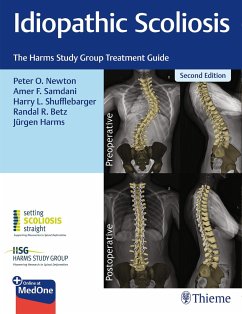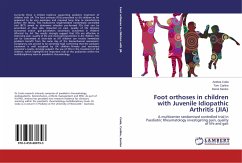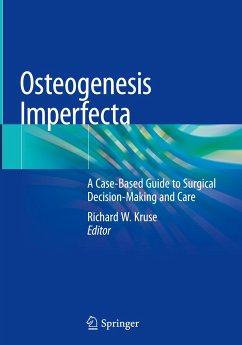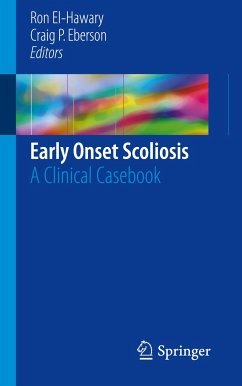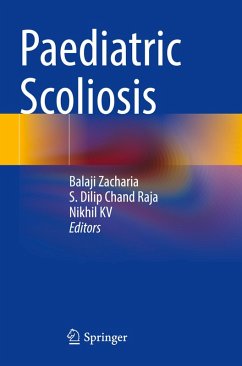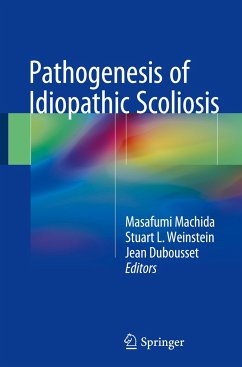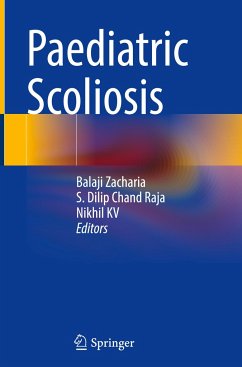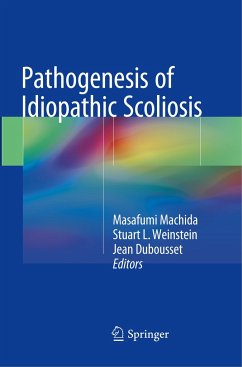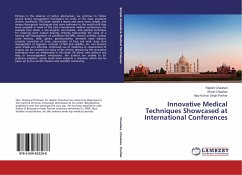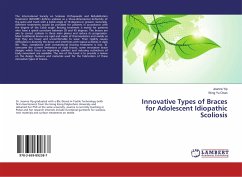
Innovative Types of Braces for Adolescent Idiopathic Scoliosis
Versandkostenfrei!
Versandfertig in 6-10 Tagen
16,99 €
inkl. MwSt.

PAYBACK Punkte
8 °P sammeln!
The International Society on Scoliosis Orthopaedic and Rehabilitation Treatment (SOSORT) defines scoliosis as a three-dimensional deformity of the spine and trunk with a Cobb angle of 10 degrees or greater. Generally, different treatments would be provided for patients in accordance with the degree of the Cobb angle. Bracing treatment is mainly for patients who have a spinal curvature between 20 and 45 degrees. The braces are aim to correct scoliosis in three main planes and reduce its progression. Most traditional braces are rigid and made of thermoplastics and metals so that they are heavy a...
The International Society on Scoliosis Orthopaedic and Rehabilitation Treatment (SOSORT) defines scoliosis as a three-dimensional deformity of the spine and trunk with a Cobb angle of 10 degrees or greater. Generally, different treatments would be provided for patients in accordance with the degree of the Cobb angle. Bracing treatment is mainly for patients who have a spinal curvature between 20 and 45 degrees. The braces are aim to correct scoliosis in three main planes and reduce its progression. Most traditional braces are rigid and made of thermoplastics and metals so that they are heavy and uncomfortable to wear. Their rigidity causes difficulties in donning the brace and interferes with typical activities in daily life. Thus, compliance with conventional bracing treatment is low. To overcome the current limitations of rigid braces, some innovative brace designs which focus on improving comfort and reducing restrictions of body movement are available. The aim of this book isto provide a review on the design features and materials used for the fabrication of these innovative types of braces.



